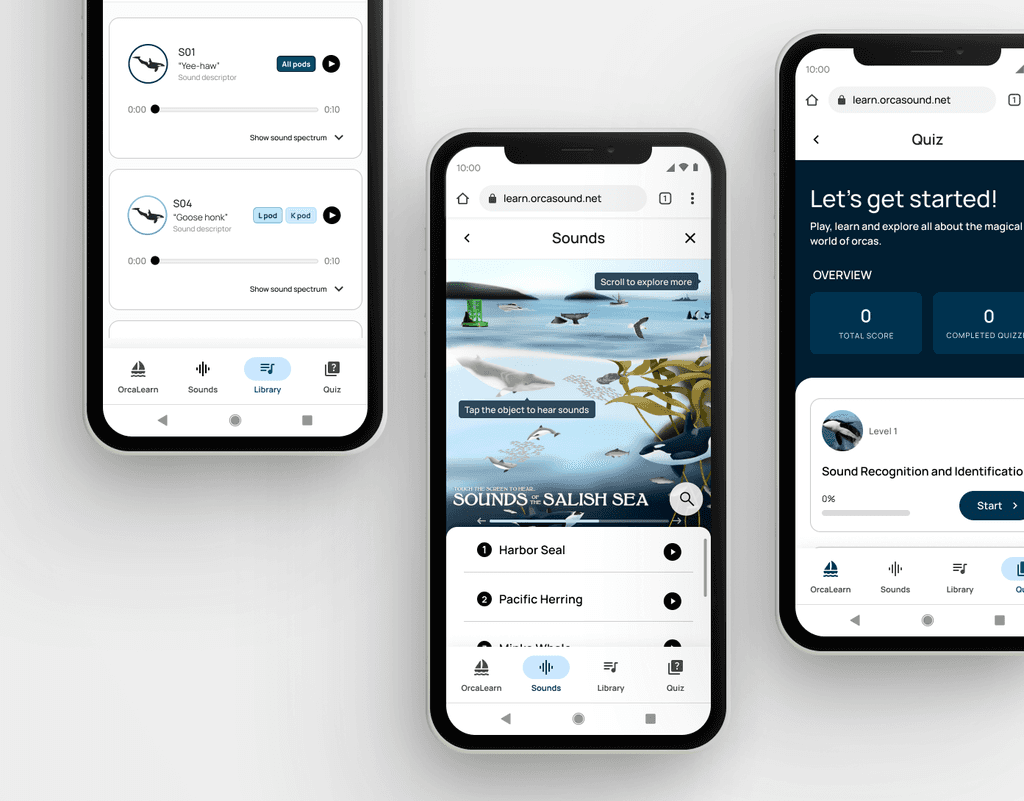Role
Product Designer, Project Manager
Team
Stakeholder, Developer team
Duration
Work in progress
Overview
A project management and CRM tool created for M-23 Mechanical Systems to improve communication, efficiency, and accuracy in managing HVAC projects from bid to closeout. This case study outlines my approach to help the company address workflow challenges and streamline their processes.
Product Designer | Web App | Project Management | Construction
My Role
I conducted user research (interviews, competitive analysis, and app studies), collaborated with stakeholders, and synthesized findings to pitch and refine solutions. I created project charters, user flows, and mid-fidelity prototypes, managed the project, and facilitated meetings to align with the development team on key features.
The Impact
Feedbacks from the Stakeholder
After presenting the design, I gathered this feedback from the stakeholder.
Quote
Time Savings
“The app is straightforward, mainly for tracking. It’s basically a combination of spreadsheets.”
Quote
Project Clarity
“I like the simplicity of the design; the interface is easy to use.” “This app can help us a lot with communication.”
Quote
Client Insights
“I like how it highlights client relationships.”
“It’s simple, easy to use, and aligns with our needs.”
Quote
All Metrics
“It looks wonderful, doing a great job given the limitation of resources.” “Ultimately, people have to use the app and hold themselves accountable.”
Key Features
Focusing on streamlining bid management, project management, and CRM systems.
Bid Center
Automatically extracts data from bid invitations from M-23 folder in email, saving time and reducing errors.
Project Management
Centralizes data from won bids and tracks critical documents like RFIs, Submittals, and Change Orders.
CRM
Provides valuable insights into client relationships, including wins, losses, and future opportunities.
The Problem
The Dilemma
With more than five separate tools—Outlook, Teams, OneDrive, Excel sheets, and forms —resulting in fragmented workflows and inefficiencies. Manual tasks, like constant email monitoring and data entry, take up significant time. Adding to the challenge, not everyone on the team is tech-savvy, making the adoption of new tools more difficult.
Defining Structure
The critical findings provide a clear roadmap to the design solutions
I used that data to approach the next steps in my design process.
User Persona
Identifying the users and understanding their goals.
JTBD(jobs to be done)
Focusing on the specific tasks the app must solve.
User Story Mapping
Aligning workflows and features with user needs.
Critical Findings
The Research and Discovery phase highlighted communication inefficiencies and challenges in accessing information.
Current workflows are manual, time-consuming, and lack streamlined tracking. Existing tools don’t fit the specific needs of the team (traditional, not tech-savvy).
Research and Discorvery
Understanding Challenges and Learning from Industry Solutions.
User Interviews
Interviewed employees to understand their day-to-day challenges.
Competitive Analysis
Researched industry-specific apps to learn how others approached similar problems, identifying both opportunities and limitations.
Constraints and Adaptations
Navigating Tight Budgets and Traditional Workflows in a Start-Up Environment
What did I do to adapt to all the constraints in this project?
Prioritize Core Features
I interviewed stakeholders and employees to identify pain points and scoped out possible features. We worked together to define the must-haves that would deliver the most impact.
Design for Simplicity
“Less is more” became my mantra. By creating user personas, I could deeply understand their frustrations and design solutions that felt intuitive and easy to use.
Modular Approach
I simplified complex tasks like bid and project management by creating focused boards tailored to user needs, streamlining workflows.
Retrospective
Design process isn’t a one-size-fits-all process
Design process isn’t a one-size-fits-all process—it’s about finding what works for most while addressing key challenges.
This project taught me to embrace constraints, prioritize effectively, and always keep the end user in mind. With adaptability and focus, even the most complex problems can lead to impactful solutions.
1
Identify the root
Always dig deep to identify the root cause of the problem before jumping to solutions.
2
Understand the process
Understand user workflows, frustrations, and their comfort zones.
3
Be adaptable
Be flexible and adaptable; real-world constraints require balancing ideal processes with practical solutions.
Next Steps
The next steps include
Conduct Usability Testing.
Refine the design.
Collaborate with developers to implement the design.
Exploring Phase 2 features.













